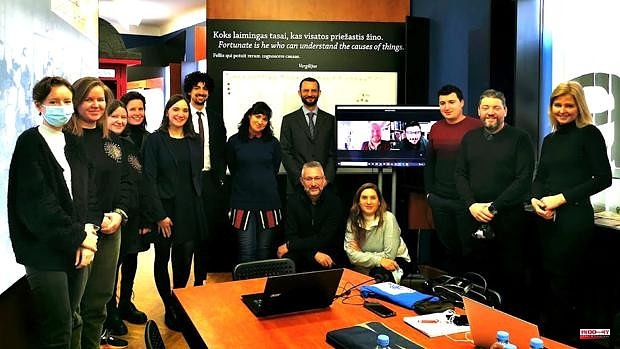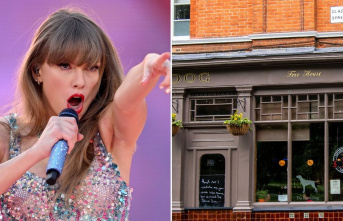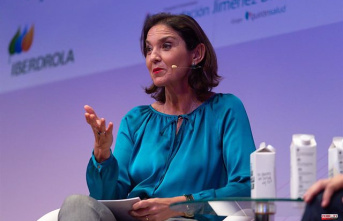The VRSciT project started in February 2011. It is financed by the European Commission within the Erasmus Program and a total of eight entities from four different countries are involved in it. To find its origin, one must look at the collaboration between the University of León (ULE) and other educational centers in Portugal and Italy, but VRSciT has involved more participants in its development.
The coordinating entity of the project is the Centro Ciência Viva of Bragança (Portugal) and in addition to ULE, it has as partners the Scayle (Supercomputing Castile and Leon), the Pixel association (Italy), the University of Teramo (Italy), the association VšJ 'eMundus' (Lithuania), the Museum of History of Education (Lithuania) and the Bragança Polytechnic Institute (Portugal).
From the Department of Electrical Engineering and Systems and Automation of the ULE, Professor Francisco Jesús Rodríguez Sedano explains that the main objective is "the investigation of new approaches in educational tourism, such as 3D modeling together with immersive virtual reality environments of 360º to build innovative virtual educational scenes”. The idea is, therefore, "to develop an innovative and different virtual reality experience" that will be located "in different museums and associations that participate in the project" and that will seek to "promote digital literacy and scientific content using learning environments informal combined with educational tourism”, says Rodríguez Sedano.
So far, "the first milestone" has been completed, which consisted of carrying out a bibliographic review of the academic publications on virtual reality applied to educational tourism, and at the moment the second is being worked on: the elaboration of a "VRSciT SPOT”, which is -in the words of Rodríguez Sedano-, “a space located in each museum associated with the project and that will provide the visitor with an innovative and different experience of virtual reality, based on 360º videos and 3D objects representative of each location” .
There is a long way to go, but there is still a long way to go. Still pending, for example, is the development of a set of online web tools for the use of applications based on virtual reality. This web space is intended to host open source virtual material based on real objects, open source 360º edited videos from each associated entity, and scheduled lessons to support the use of virtual reality experiences in education.
The partners in the VRSciT project met recently in Kaunas (Lithuania) (fourth group meeting) to discuss aspects such as the results obtained so far, the problems and challenges that have arisen and their possible solutions. In addition, they distributed the pending tasks and responsibilities and defined the deadlines of the activities still to be carried out. The next meeting will bring them to Spain, to León, on September 19 and 20. In this case, with an agenda in which the analysis of the results of the test activities will be collected in order to plan possible improvements in its content and, following the same procedure as in the previous meetings, the partners of the project -which will end at the end of August 2023 they will also evaluate achievements and define future deadlines.
In addition to the project partners, there are also collaborating entities such as the Confucius Institute of the University of León, the General Foundation of the ULE and the Company (Fgulem), as well as other educational associations from the rest of the participating countries.
2












